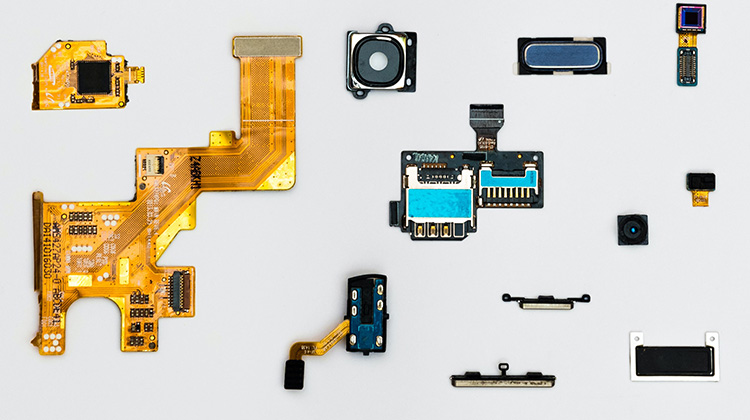How Are Universities Teaching Teachers About Technology?

There is a lack of a strategic, nationwide approach to equipping Australia’s new teachers with technological literacy and skills.
Each teacher training institution has come up with their own approach at the expense of a consistent strategy and there is a divergence between primary and secondary teaching degrees.
Monash’s Dr Joanne Blannin led a team of researchers who reviewed the content of 276 tech-relevant education courses in 32 universities and says that “the Australian Curriculum clearly mandates that, on a national level, students must be receiving a robust technology education, with both practical, theoretical and ethical components.”
But lacking a consistent approach Dr Blannin says that “there is a persistent disconnect between teachers’ technical skills and what will make a substantial difference in the classroom.”
Currently, technology knowledge is delivered through a mixture of compulsory core subjects, elective subjects, and specialised technology pathways. Many also teach technology in the context of other subjects. “Here, we noted big differences between primary and secondary teacher education, with not enough integration of technology throughout secondary education course topics,” says Dr Blannin
All institutions offered some core, compulsory subjects that had some focus on Technologies within their teacher training programs. These subjects were provided to all students, regardless of any specialisations, and had to be completed successfully for students to progress and graduate.
Those preparing to be secondary teachers are more likely to be taught through dedicated core subjects than are those studying primary teaching, while primary education courses are more likely to embed technology into other core subjects than their secondary counterparts. “Therefore, primary teacher programs provide more learning opportunities than secondary programs,” says Dr Blannin.
In secondary education, only six out of 32 institutions provided embedded learning about Technologies in non-technology core subjects. Dr Blannin says that this is despite research indicating that a core subject technology alone is not enough to effectively equip preservice teachers.
Compared to secondary programs, nearly twice as many primary programs embedded technology into core subjects in specific disciplines and pedagogy courses. This means preservice teachers see technology as a part of a range of subjects, and from the perspective of different faculty members.
“They are more likely, I think, to see their technology knowledge and skills as integral to their role as teachers,” says Dr Blannin. Secondary teaching programs often include technology as elective subjects. “This is concerning,” Dr Blannin says, “as non-compulsory subjects may send the message that technology learning is not essential.”
Preservice teachers may also pursue a specialisation in technology teaching. Only 25% of Australian institutions offer Technologies as a specialised pathway. Where specialisations are offered Dr Blannin believes there is a need to ensure that non-specialists students do not come to think that technology is any less relevant to their teaching careers.
“There are many creative approaches revealed in this study. One single approach is never going to meet the needs of all students in all regions, but institutional autonomy has to be balanced by the demands of the curriculum. Technology is a national education priority, but there is no national approach to coordinating how it is delivered to preservice teachers at the tertiary level. There is little conversation happening about the overall mix of approaches we need, and how to move towards optimising them.
“For the education system, trying to keep education up to pace with technology is going to remain a ‘wicked problem’, and it is exacerbated because teacher educators and preservice teachers do not always have the content knowledge or skills demanded by the Technologies curriculum. Better addressing that knowledge-gap may require cooperation at a national level,” says Dr Blannin.
McLeod and Fiona Mayne, (2021), POSITIONING THE TECHNOLOGIES CURRICULUM in The Australian Education Researcher, DOI: https://doi.org/10.1007/s13384-021-00473-5
Photo by Dan Cristian Pădureț from Pexels